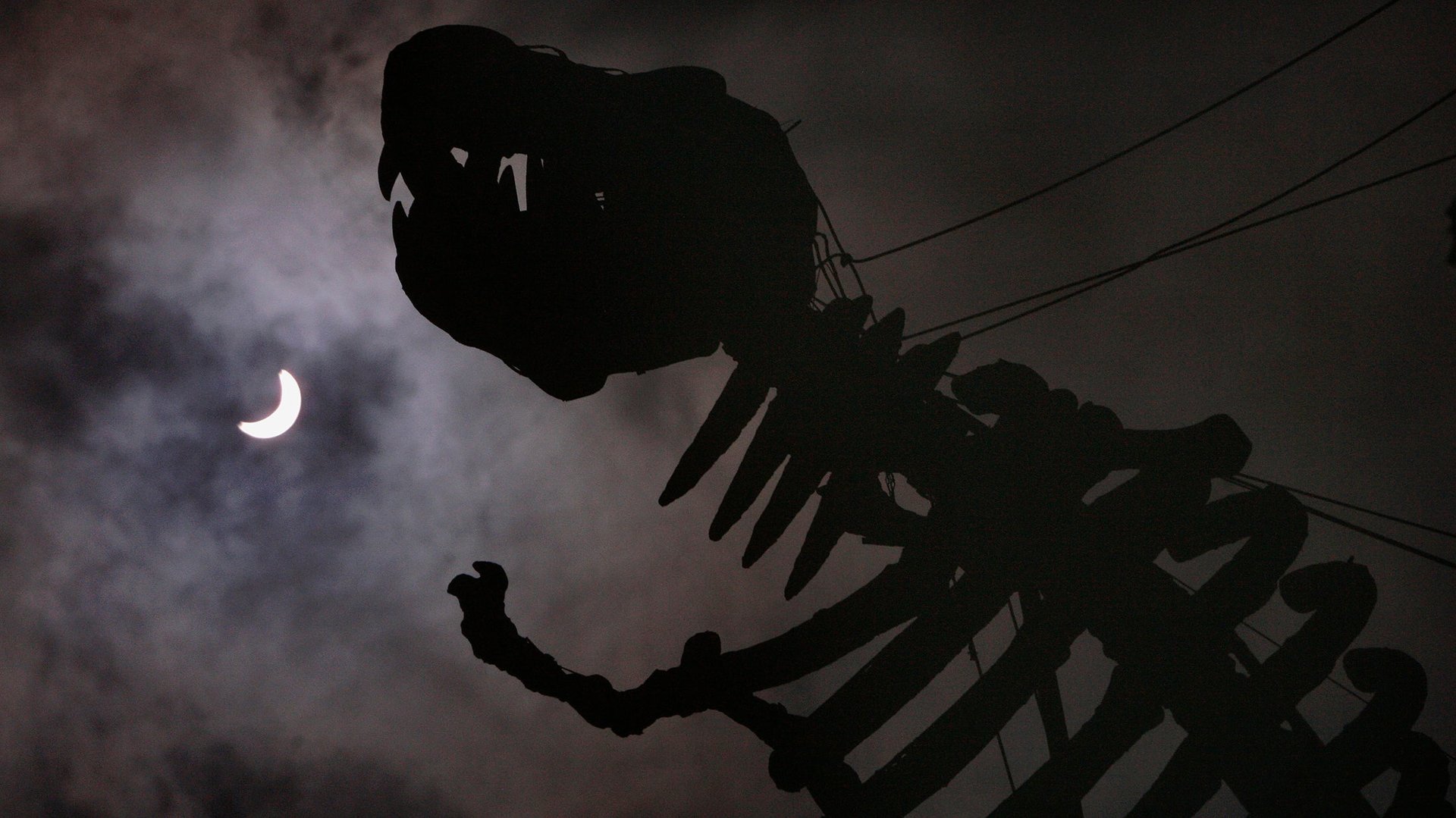Scientists have discovered the fossil remains of a giant, toothless mammal ancestor
Scientists suspect they were toothless and as big as elephants—a super-sized cross between a rhino and a turtle. They are Lisowicia bojani, a mammal-like reptile that walked alongside dinosaurs in the Triassic period about 200 million years ago.


Scientists suspect they were toothless and as big as elephants—a super-sized cross between a rhino and a turtle. They are Lisowicia bojani, a mammal-like reptile that walked alongside dinosaurs in the Triassic period about 200 million years ago.
Researchers at Uppsala University in Sweden this week published a study in the journal Science detailing the creature, which has been pieced together from around 1000 fossilized bones discovered at a paleontological dig in Poland. It weighed about 1.5 tons, they believe, and was about 4.5 meters (14.7 feet) long.
The discovery of Lisowicia bojani is important because it changes how scientists think about dicynodonts, herbivores who survived the Permian mass extinction that is believed to have killed off more than 96% of marine species and about 70% of terrestrial life. And while they managed to get through that scrape, the dicynodonts were thought to have diminished as the rise of dinosaurs—the kind people popularly recognize today—took place. But in testing the bones found in Poland, paleontologists discovered the creatures likely roamed the planet around 10 million years later than previously thought.
The name “dicynodont” means “two dog tooth,” and it refers to the tusks on the animal that resemble canine teeth. These animals also had mouths that resembled beaks, much like a turtle.
“The discovery of Lisowicia changes our ideas about the latest history of dicynodonts, said researcher Tomasz Sulej in a statement. “It also raises far more questions about what really make them and dinosaurs so large.”
The new study offers an update on an ongoing excavation in the south of Poland that begin in 2006. The researchers went to that site on a tip, and within 15 minutes began to find fossils. In just 11 years, they’ve compiled a detailed picture of Lisowicia bojani.